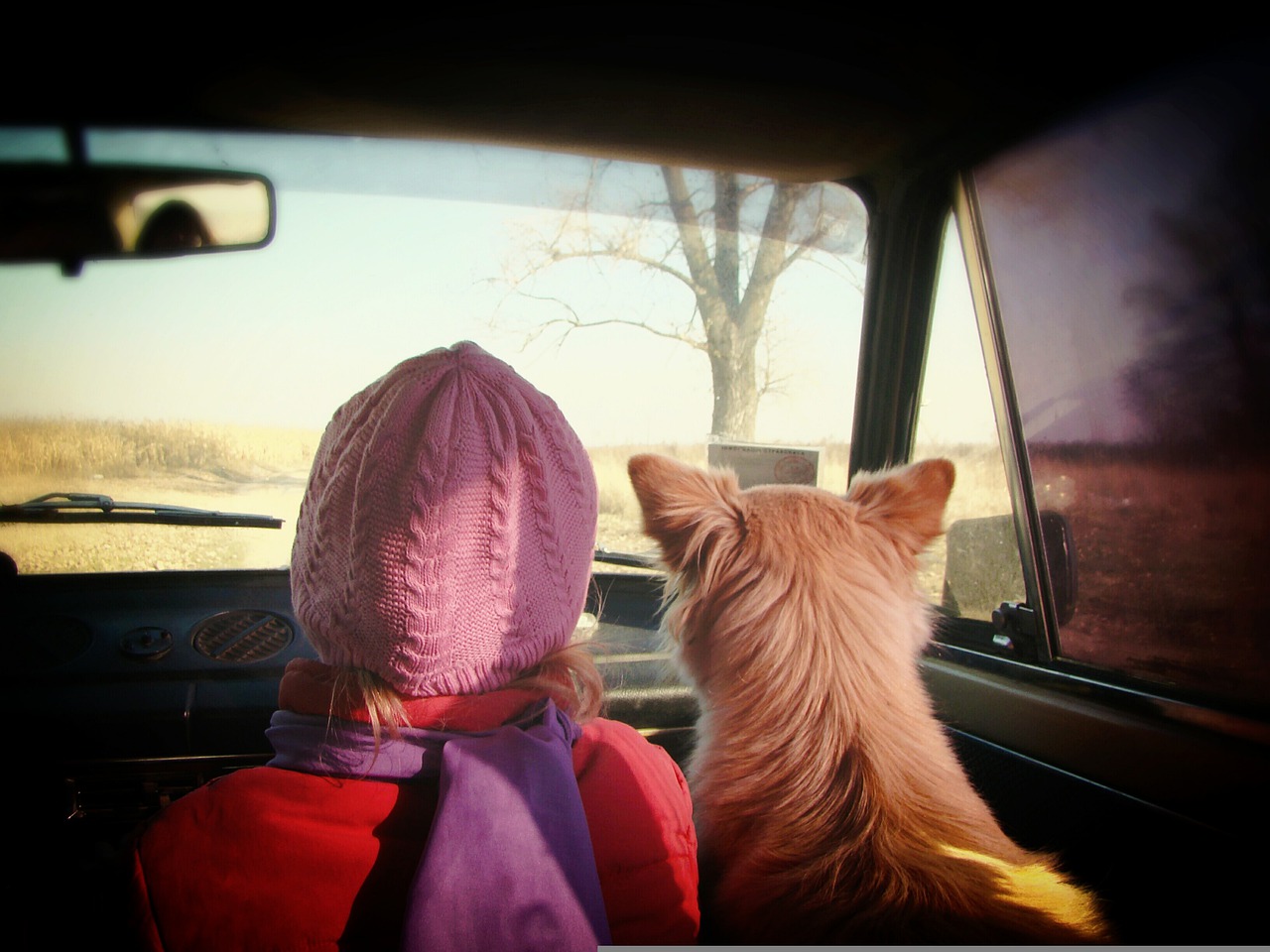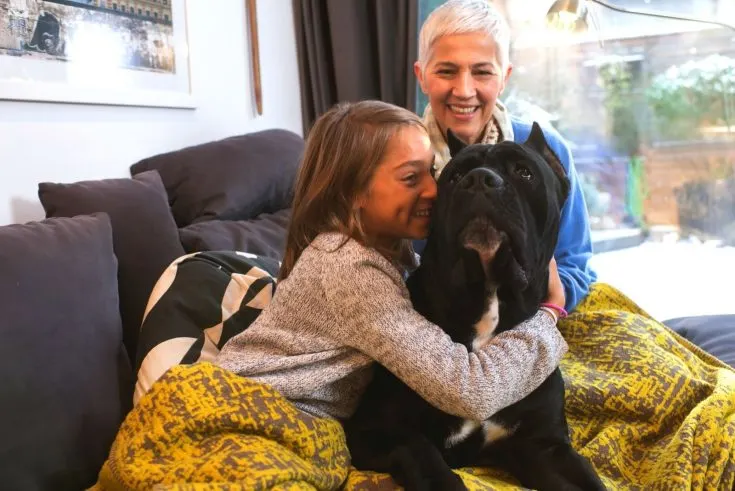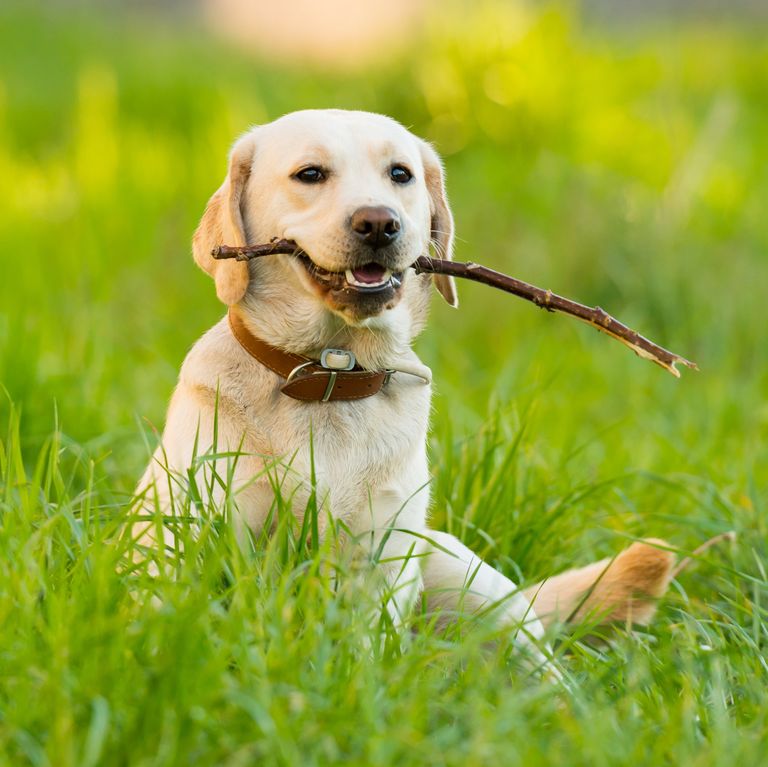
Dogs make great family friends, but it is important to select the right breed for you and prepare your children for getting a puppy.
Education for children
Children love getting a puppy. However, it is an exciting experience. You must tell them that the puppy is not a toy. Dogs can find it frightening to meet new people. The negative experiences they have with strangers will stay with them for a lifetime. At four weeks old, the period of socialization and fear struggle begins. It continues for 14 weeks. Trauma to a puppy in this time can have long-lasting consequences. It is crucial that socialization occurs in a calm, relaxed environment and that children act calmly.

Taking into consideration the following suggestion is a good idea.
- Ask your children to place their feet on the ground and then let the puppy approach them.
- Your children should learn how to gently support a puppy’s body while picking it up. Your best bet is to place your open hand underneath the belly of the puppy and then use your other hand for support.
- Children should not squeeze a puppy too tight when they hug it.
Keep your dog and children safe

As your puppy grows and develops, there are several guidelines that will help you ensure their safety. You can instill a sense of responsibility in your children by reminding them of the crucial role they play in the safety and development of their puppy.
These rules will help children avoid getting bitten or scratched.
- Do not disturb your puppy while he is sleeping or eating.
- Do not look at the puppy in the eyes.
- Don’t squeeze your puppy too hard.
- Do not give your dog food.
Children younger than 10 years old should not leave their puppies alone. During their playtime, an adult should always be present.
Dog breeds that get along well with children

Your lifestyle is a major factor in choosing a dog breed. Some breeds have special characteristics such as a good temperament and a great ability to get along well with children. These traits are important in making decisions. However, every animal is unique and breed characteristics are not the only factor that determines its character.
There are many dog breeds that can be divided into small, medium, large and large. However, a smaller dog doesn’t necessarily mean it is easier to take care of. It is important to consider the breed’s general characteristics, as well as its size and energy level. You may need a “hypoallergenic breed” if your children have allergies.
These are some of the most popular family dog breeds:
- Golden retriever – Retrievers are confident, intelligent, kind, loyal, and patient. They love to play with children but need plenty of exercise as well as lots of space outdoors.
- Labrador Retrievers – Labrador Retrievers are a popular breed because of their gentle nature. To prevent them from gaining weight, they need to be active.
- Bulldogs – Bulldogs are a great choice if you are looking for a more energetic dog. Bulldogs are calm and loyal dogs that make great family companions.
- Bigley. A breed made for friendship. Beagles are loved for their loving and friendly nature.
- Havana lapdog – The Havana lapdog is extremely affectionate and a playful small dog who is gentle with children.
- Poodles – Hypoallergenic breed. You can find a variety of sizes for your Poodle. They are intelligent and very adaptable. Poodles are responsive and obedient, but they need to be groomed.
Dogs are great family members and companions. Your children should be educated about their dog’s needs and how to care for it.